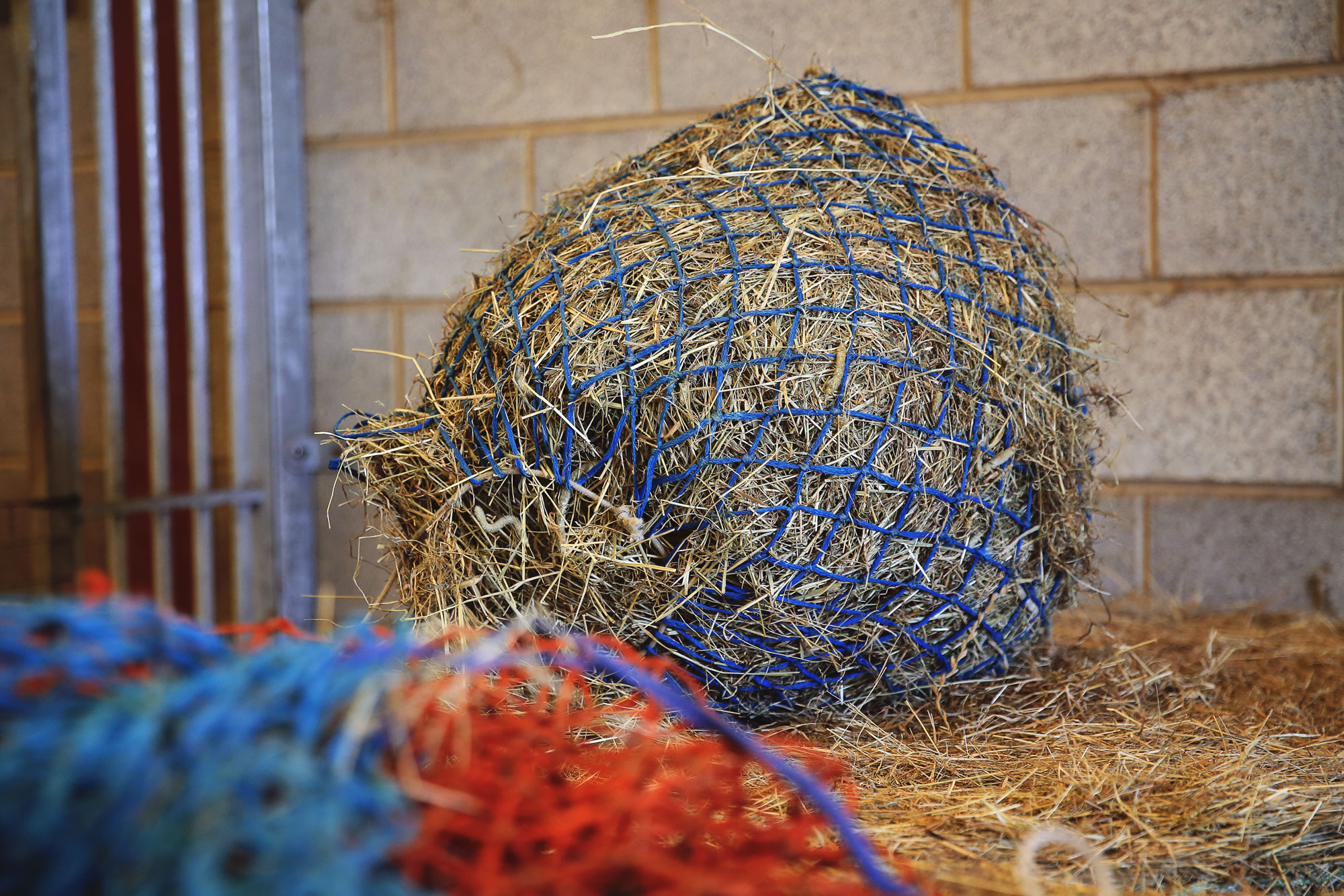The winter months can be a tough time for horse owners, especially when it comes to thinking about how to keep our four-legged friends well-fed and comfortable. Forage – think hay, grass and other fibrous feeds – is at the heart of most horses’ diets, especially when thinking about veteran vitality. But after the dry summer of 2025, finding good-quality hay might be trickier (and pricier) than usual. So, what can you do to prepare?
What happens to grass in a drought? What does that mean for your horse?
Depending on how long a period of drought lasts, grass and broadleaf plants can change quite a bit. Grass species can end up with higher protein but less energy, whilst legumes and broadleaf plants can show lower protein, but higher levels of key macronutrients. Though more protein might sound like a win, it usually comes alongside less fibre, lower quality energy output, more water-soluble sugars and reduced levels of minerals like phosphorus.
Hay cut from stressed grass due to hot, dry conditions can suffer from the same issues as the grass it came from. This means horses may face lower energy intake, and a hindgut imbalance due to excess protein and fibre changes, resulting potentially in reduced overall condition.
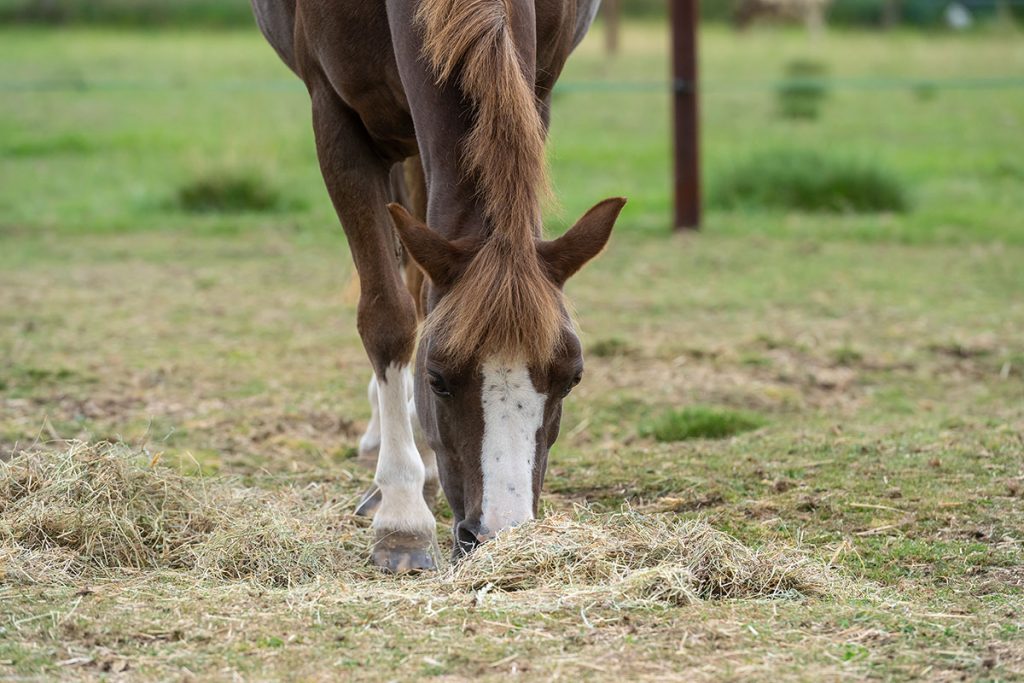
Why forage matters - especially in winter
Horses are built to graze almost constantly – up to 20 hours a day in some cases. In the colder months, when turnout is limited and grass is scarce, they need even more fibrous food to keep warm and maintain their condition. That’s why hay, haylage and other fibrous feeds are so important during winter. But if your hay supply isn’t what it was, there is a simple solution.
Meet your winter helpers: Speedi-Beet and Fibre-Beet
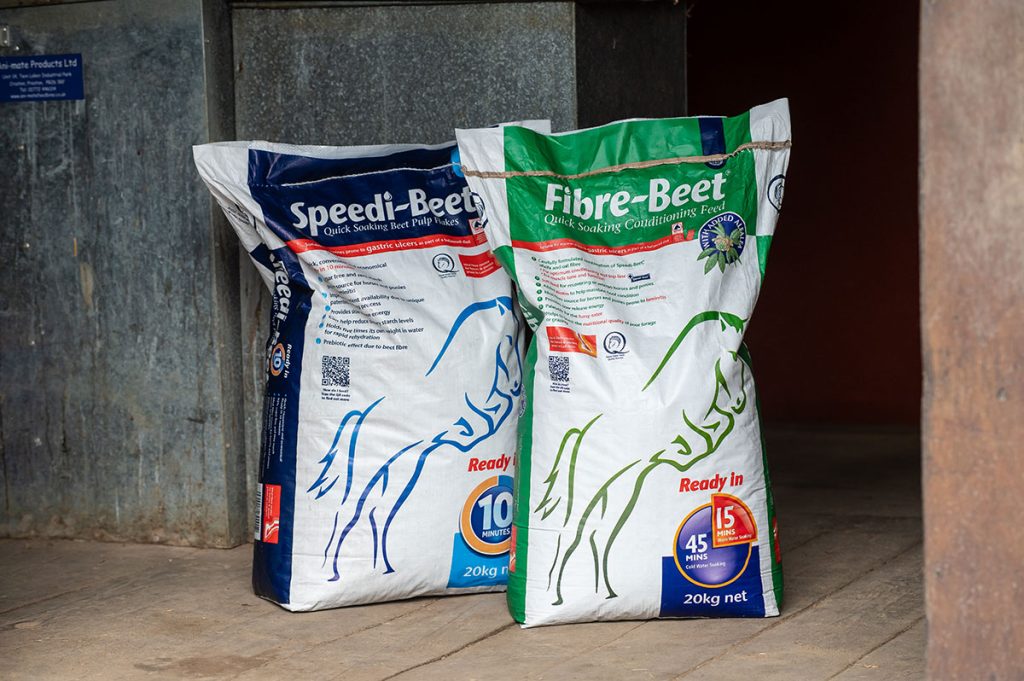
This is where British Horse Feeds’ Speedi-Beet and Fibre-Beet step in, as the forage supplementers and hay replacers of choice. These beet-based soaked fibre feeds are designed to:
- Improve hindgut fermentation and fibre digestibility
- Extend and enhance poor-quality hay
- Support hydration and gut health
- Offset excess protein and sugar levels in stressed forage
Both feeds deliver a similar amount of energy to hay/haylage, just 1kg of dry Speedi-Beet or Fibre-Beet can replace up to 1.5kg of hay after soaking. Feeding it in several smaller meals also mimics a horse’s natural grazing habits, keeping them happy and healthy.
Who is it best for?
Speedi-Beet can be added to your hay ration to boost digestibility and increase heat from fermentation in the hindgut —helping your horse maintain energy and body warmth. Speedi-Beet is easy to digest and low in sugar and starch, making it ideal for horses prone to laminitis when fed as part of a balanced diet.
Fibre-Beet adds to these benefits by providing a more conditioning feed for horses who are poor doers or fussy feeders. It combines original Speedi-Beet with protein-packed alfalfa and oat fibre, making it an easily digestible, nutrition powerhouse. Biotin, calcium and sodium help support muscle tone and overall condition, and the peppermint flavour makes it extra appealing.
Plus, the wet mash format helps keep equines hydrated, a big win in chilly winter months.
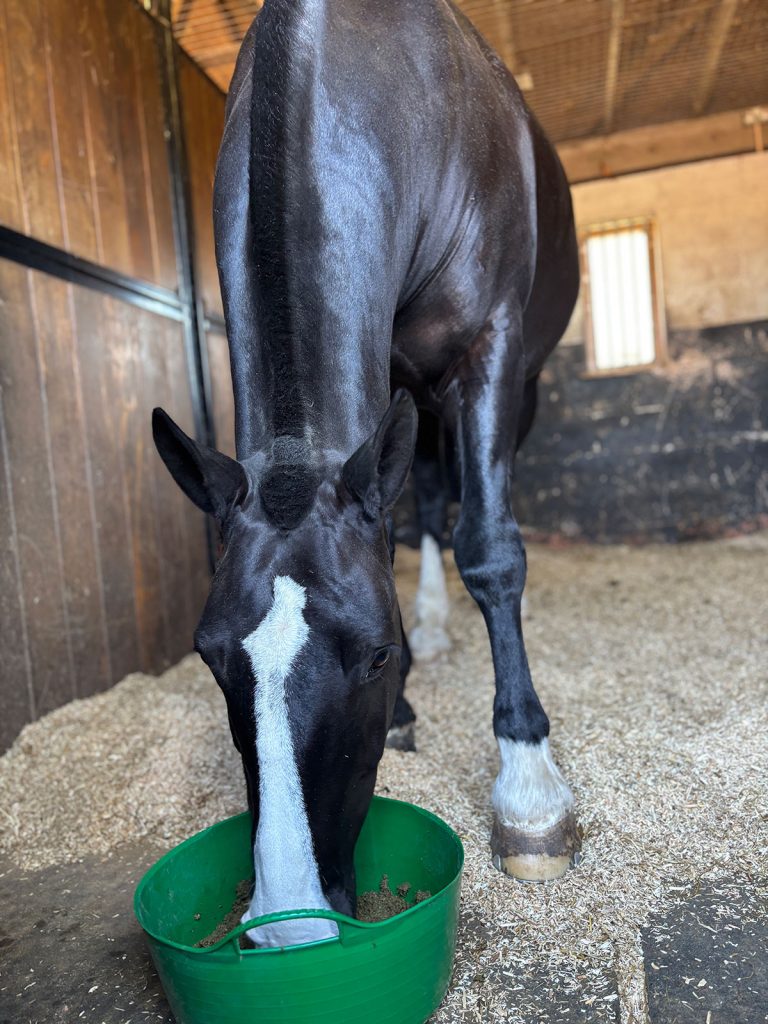
So, if you’re facing a lean hay season this winter, don’t worry! Speedi-Beet and Fibre-Beet are un’beet’able fibre alternatives to help maintain your horse’s essential daily forage intake of 2% of bodyweight to support a healthy gut function all season long.
How to use
- Soak 1kg dry Speedi-Beet or Fibre-Beet mash to replace 1.5kg of hay after soaking
- Mix with chaff (2:1 soaked:dry) for a hay-like feed
- Introduce gradually if your horse is unfamiliar with soaked fibre feeds
- Speedi-Beet or Fibre Beet can replace up to 50% of your horse’s forage—and even 100% short-term
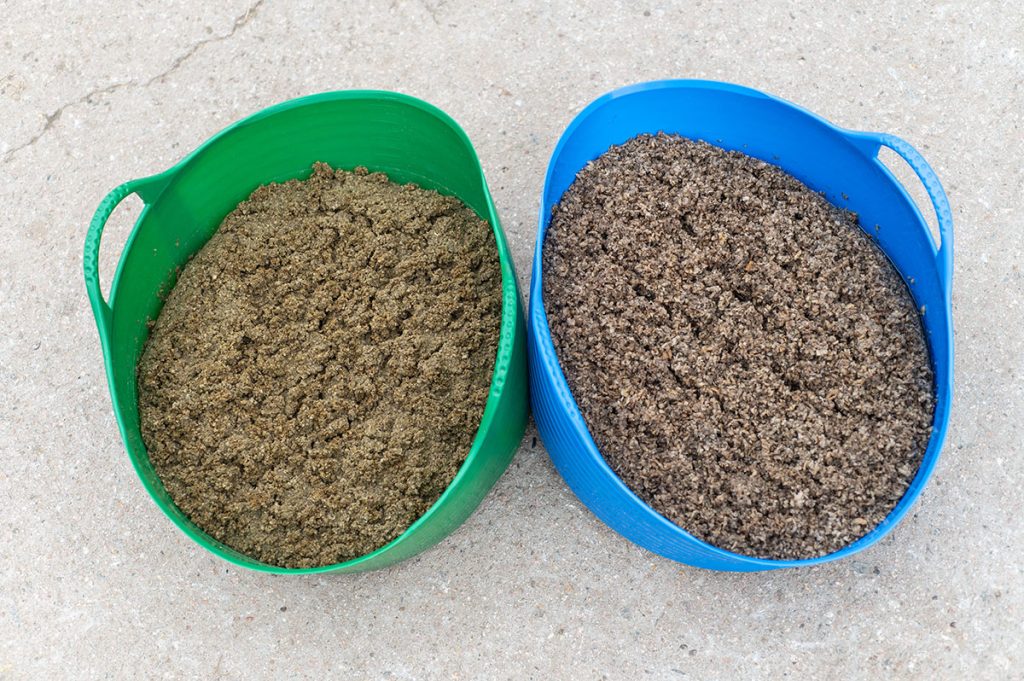
Tip: Some horses may take time to adapt to wet feeds – start with a dampened mix and slowly increase the water ratio.
To explore effective strategies for coping with hay shortages, consider visiting the British Horse Society website.



